The adoption of digital payments: a timeline.

Although it may seem as if digital payments have always been an option, their creation and adoption have only taken place over the past few years. The following timeline provides an illuminating snapshot that highlights how this technology has rapidly evolved.
1994
Back in the early 1990s, Santa Cruz, California was a pretty happening place. Even so, it is likely that many of the townsfolk were not aware that history was being made in the form of a small website called PizzaNet, which was owned and operated by fast food giant Pizza Hut®. As it turned out, PizzaNet holds a distinction: It is the portal through which the first online order was made and fulfilled. Who could have guessed that a simple cheese, pepperoni, and mushroom pie would be the harbinger of a trillion-dollar worldwide commercial juggernaut less than three decades later?
1998
In December of 1998, Max Levchin, Peter Thiel, and Luke Nosek started a new company. Known as CONFINITY. Their brainchild was designed to function as a cryptography and payments business that allowed Palm Pilot users to send money to each other through their devices’ infrared ports. It was not long before CONFINITY expanded to fill the banking needs of both consumers and merchants. Even so, one cannot help wondering if any of these three entrepreneurs could have possibly imagined the success of PayPal®, the corporate baby that their little endeavor would spawn.
1999
Although the new millennium had not yet arrived, the digital payments world was to be radically transformed in 1999. The revolution took place, in part, thanks to mega-innovator and philanthropist Elon Musk when he founded X.com. One of the first online banks in the world, this venture was funded by Musk’s business associate and mentor, Greg Kouri. Customers were willing to trust this edgy financial institution because their deposits were protected by the FDIC, just as they would be in any conventional bank. Another powerhouse that was raising its head just before the turn of the century was PayPal. This offshoot of CONFINITY, which was figuring out how to enable customers to send funds to each other via email, is considered to be the first peer-to-peer payments company in the world. When the two companies merged later that year, their power was consolidated, and the payments landscape was forever transformed.
2001
Two years later, Elon Musk’s X.com underwent a name change, adopting the moniker of its burgeoning P2P partner PayPal.
2002
Meanwhile, online auction site eBay was taking the world by storm. Consumers loved not only the excitement of bidding for all manner of products online, but also the potential for obtaining amazing bargains on the goods they wanted. In order to feel comfortable spending their money online, consumers needed a trusted way to pay for their bargains, and that is why PayPal came on the scene. Considering the jaw-dropping amount of money that the world’s premier online auction site was poised to rake in, the $1.5 billion price tag eBay paid to acquire PayPal was barely a drop in the bucket.
2003
Back in 2003, mobile phones like the LG VX6100, the Motorola Razr, and the Blackberry Pearl were the eye-poppingly advanced communications devices that everyone wanted. Although they pale in comparison to today’s smartphones, back then they packed a lot of punch, and consumers were quickly discovering their potential. With that in mind, it isn’t hard to believe that nearly 100 million people had made some sort of transaction using their hand-held device in that year.
2004
The United States was not the only cradle of digital payments innovation. In 2004, founder Jack Ma established Alipay in Hangzhou, China. This endeavor was to quickly become one of the world’s largest mobile payment and financial websites. It continues to attract more users every year.
2008
Rocketing on to the financial scene in 2008 was a mysterious new payment method that took many consumers and financial professionals by surprise. Known as Bitcoin, it enabled its users to have access to currency without the intercession of conventional banks. Instead of being governed by a central authority such as a financial institution, Bitcoins are controlled by users, who verify all Bitcoin payment transactions. There are no conversion rates or bank fees with this global currency, and transactions happen instantaneously. All Bitcoin payments are recorded in a database called a blockchain and are subsequently viewed and verified by other Bitcoin users known as miners. Despite its compelling advantages, consumers have been slow to embrace Bitcoin and other so-called cryptocurrencies. This is because they are not backed by commodities such as gold, and their value can fluctuate wildly. In short, Bitcoin (with its shadowy founding and its tendency to be unpredictable) may not be quite ready for prime time use, even a decade after its founding.
2011
This digital wallet and online payment system was developed by Google to enable consumers to pay for goods and services using their Android phones and tablets. As the years have passed, the platform has expanded to also allow people to pay for public transportation, loyalty cards, event tickets, gift cards, and much more. These days, people can make transactions online, in-store, and peer-to-peer using Google Pay.
2013
Two years later, Alipay surpassed the former digital transactions leader, PayPal in terms of usage, and the Chinese company has not lost its premier position since that time.
2014
Not to be outdone, Apple CEO Tim Cook rolled out his company’s answer to Google Pay a year later in the form of Apple Pay. Accompanying the first-class iPhone 6, this wallet-based platform enabled iPhone owners to place their devices close to a near-field communications-equipped reader to make a fast and secure payment. In the ensuing years, more and more retailers came onboard, accepting both Apple Pay and Google/Android Pay transactions.
2014
After 13 years of corporate marital bliss, eBay and PayPal separated forever in 2014. According to the management of the respective companies, the decision came about because executives believed that both entities would perform better and with more agility if they were no longer joined together.
2017
In 2017, consumers around the world seemed to come to the universal conclusion that electronic payments were the way of the future. In that year alone, the revenue from digital payments rose by more than 10 percent.
2020
The coronavirus pandemic radically changed virtually every aspect of life on all continents, including the ways people felt comfortable paying for items and services. Because digital payments can be free of physical contact and are also fast and secure, they have rapidly gained popularity during the pandemic. Consumers who are intent on remaining safe can still get access to the goods and services they need with convenient touchless payments.
Embed This Infographic
Copy and paste the code below to get this infographic onto your website or blog.
More from Business tips
 3-in-1 Reader | 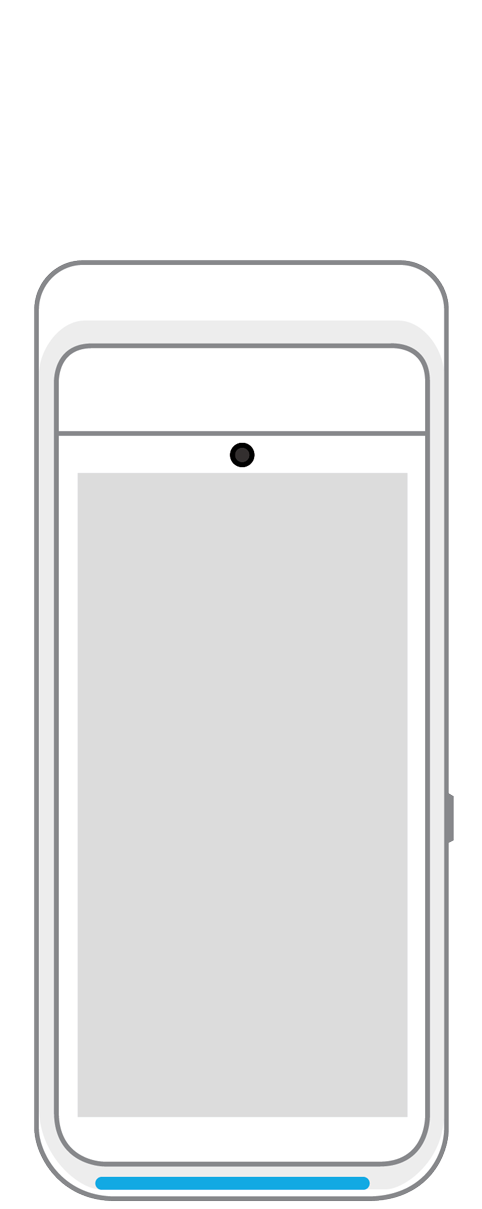 Terminal | 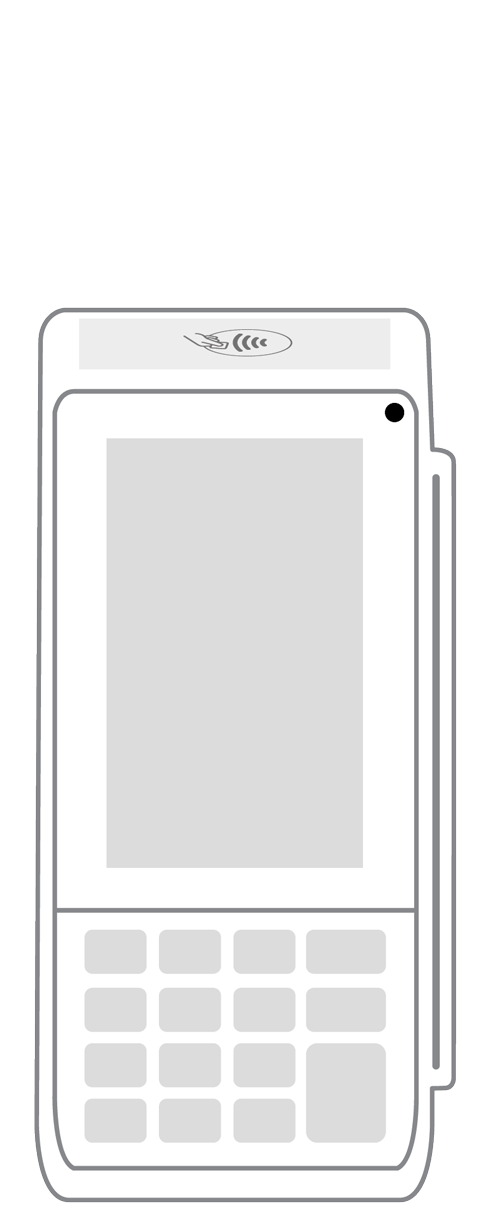 Keypad | 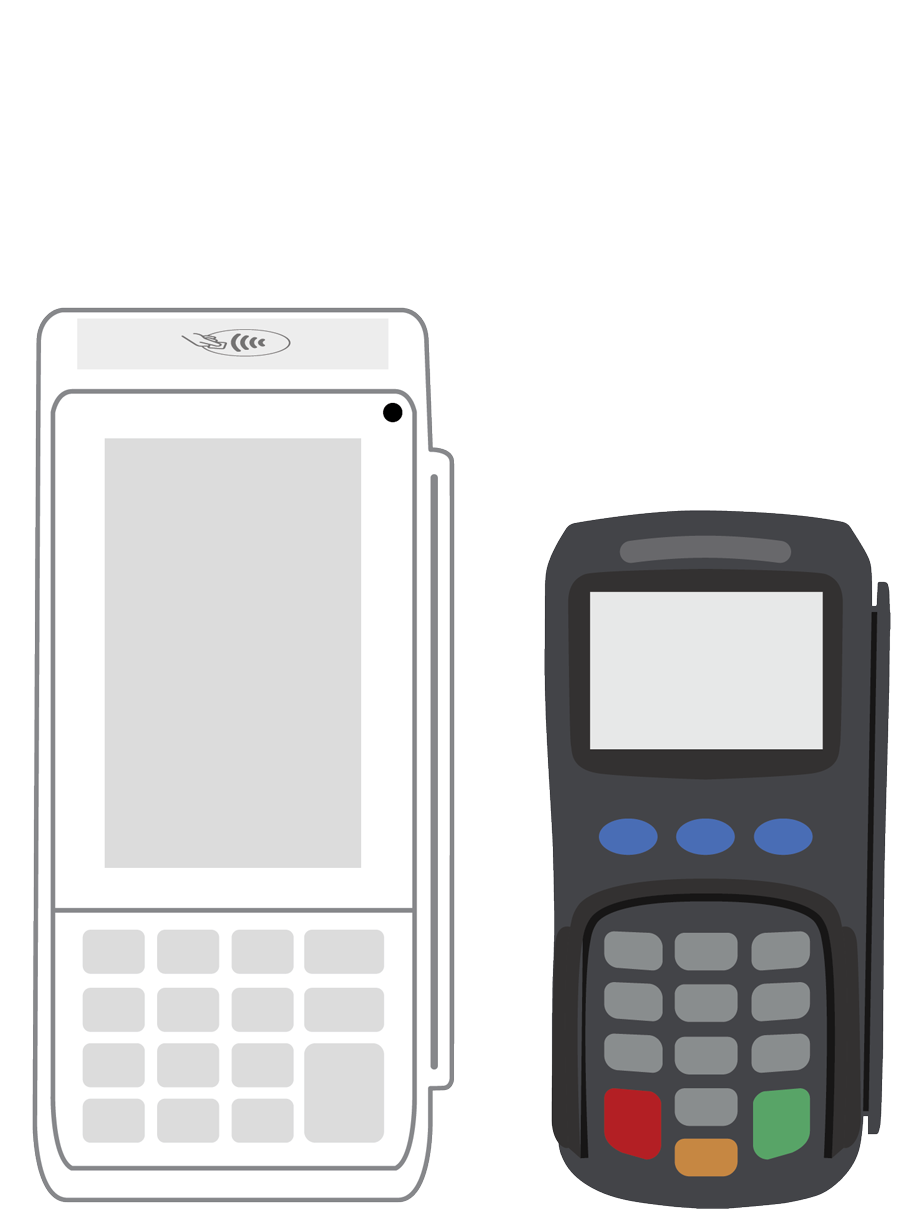 PINPad Pro | 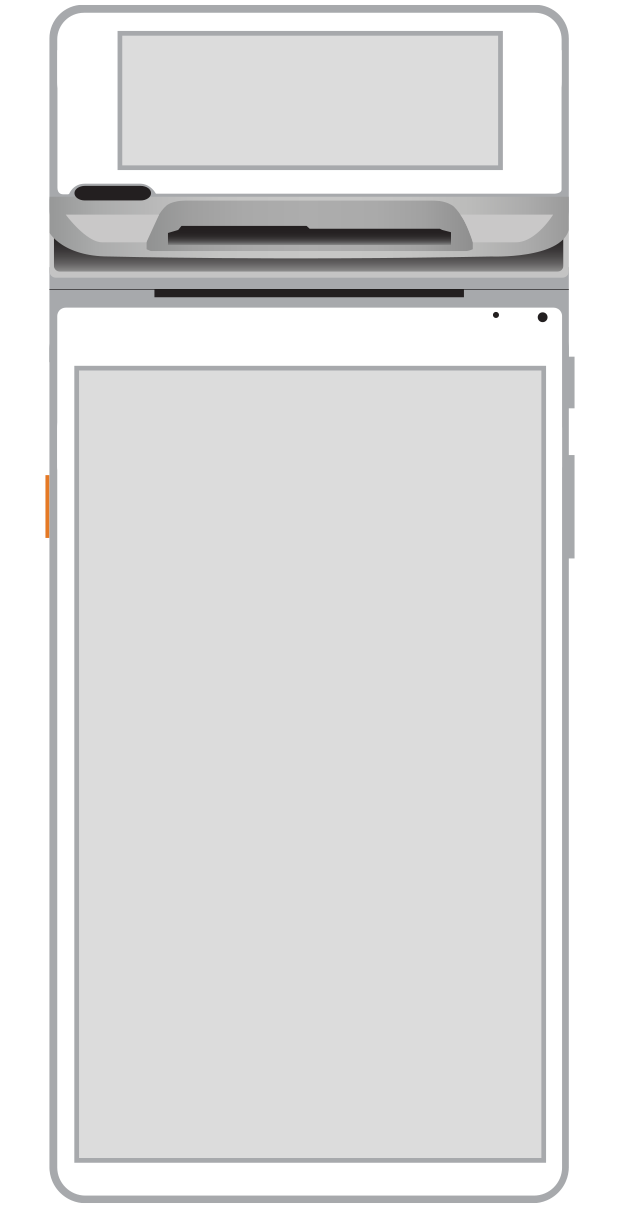 Flex | 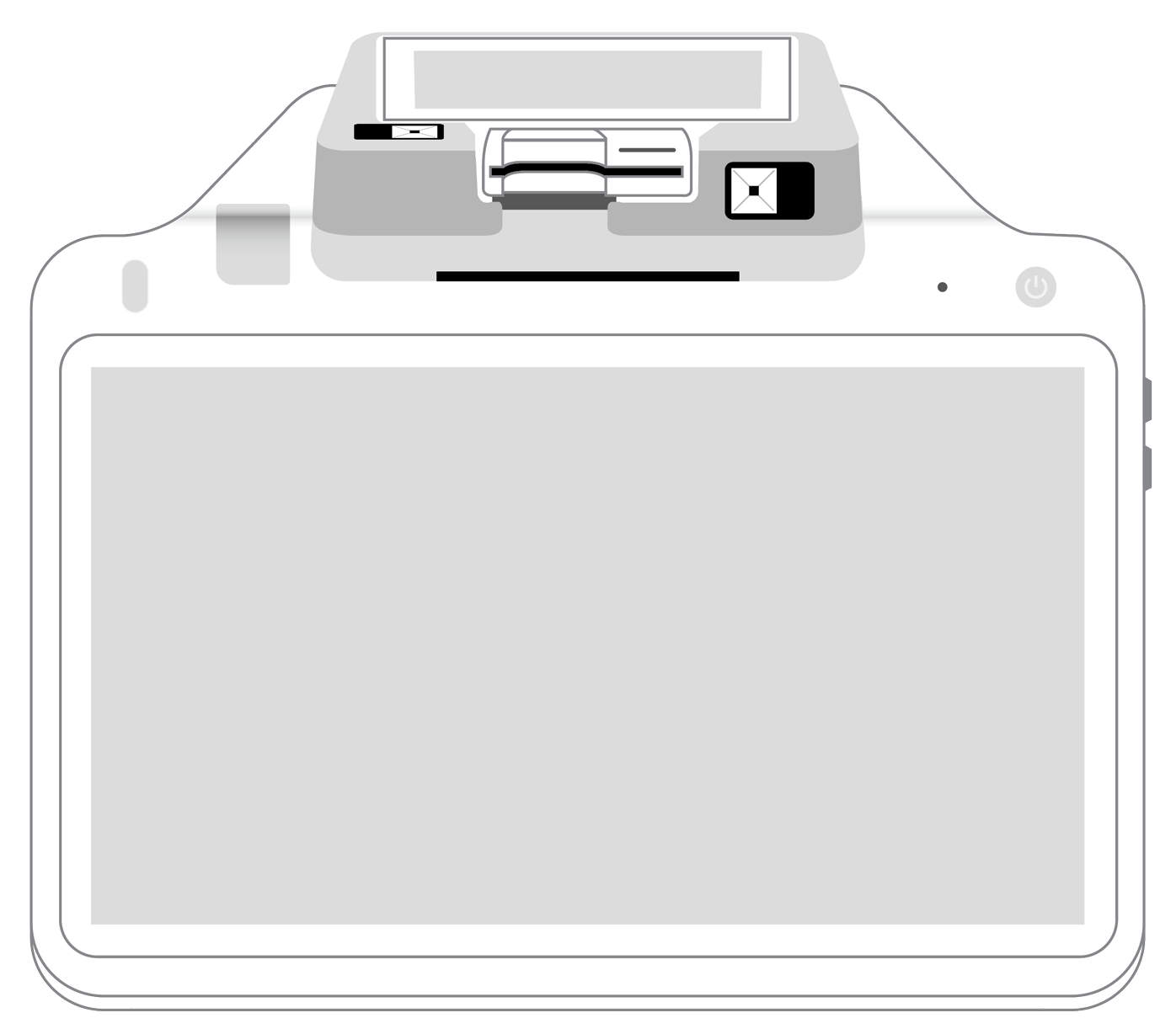 POS+ | |
|---|---|---|---|---|---|---|
Payment types | ||||||
EMV chip card payments (dip) | ||||||
Contactless payments (tap) | ||||||
Magstripe payments (swipe) | ||||||
PIN debit + EBT | ||||||
Device features | ||||||
Built-in barcode scanner | ||||||
Built-in receipt printer | ||||||
Customer-facing second screen | ||||||
External pinpad | ||||||
Wireless use | ||||||
Network | ||||||
Ethernet connectivity | With dock | |||||
Wifi connectivity | ||||||
4G connectivity | ||||||
Pricing | ||||||
Free Placement | ||||||